Culture difference when reading vertical text
Read text vertically in book spines
Every time when I visit a bookstore, I wonder how people can read book spines without breaking their neck. Born and raised in China, I have gotten used to read book spines in marquee style text, which is a vertical style in a downward cascade of letters. However, in North America, the title on the book spine are arranged in rotated text, usually clockwise. It gives me a hard time to scan the books quickly and I always have to tilt my head to do so, which usually end up with a sore neck walking out of the book store.
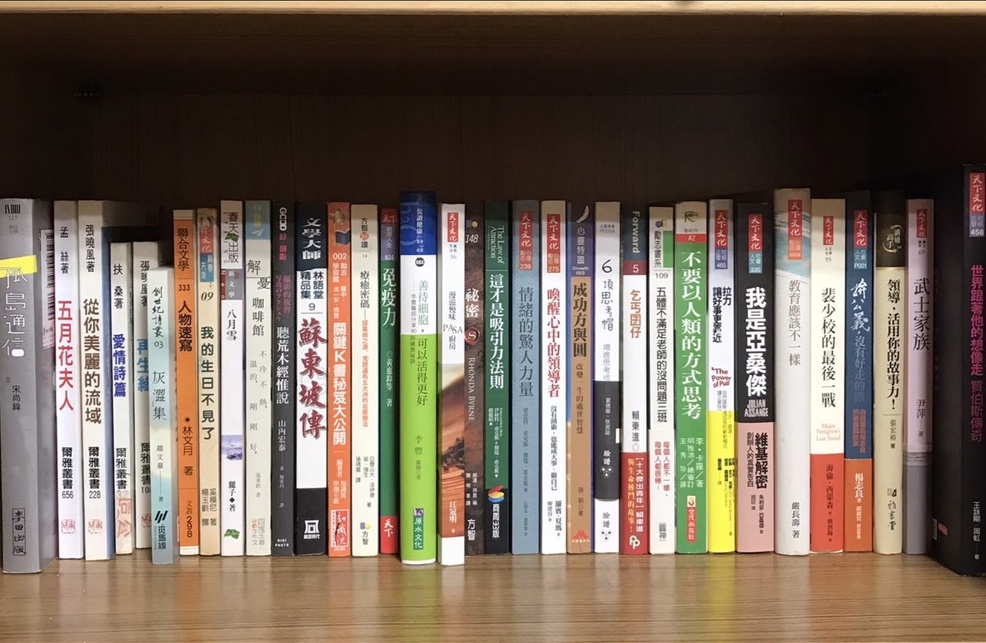 Books in Chinese on a shelf. Credit: biggo.com.tw
Books in Chinese on a shelf. Credit: biggo.com.tw
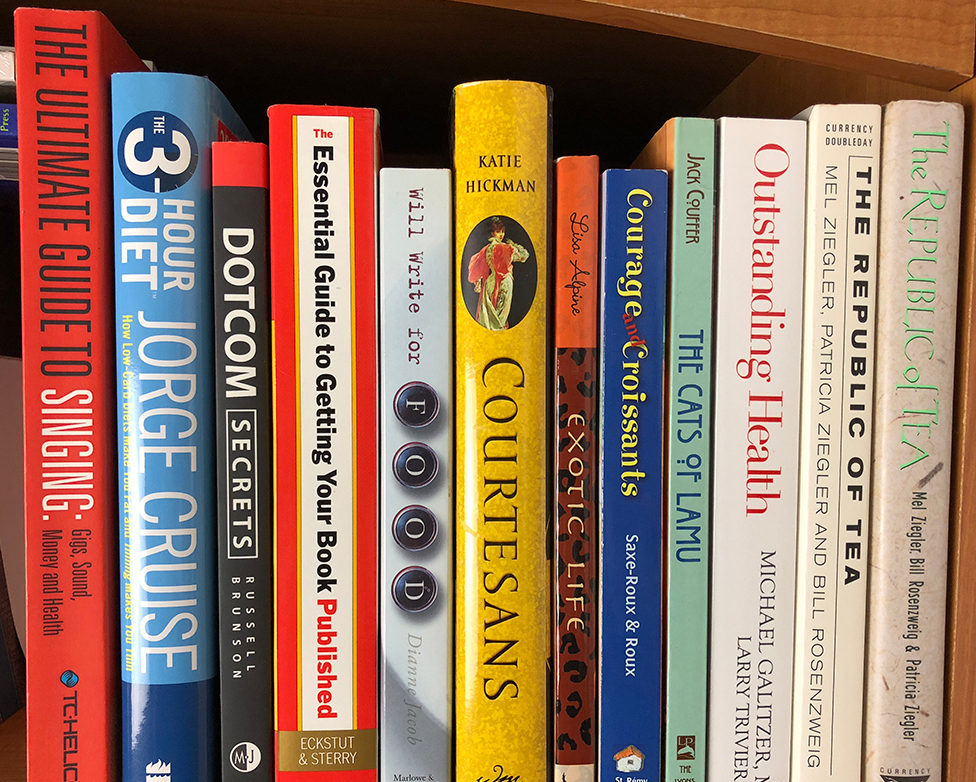 Books in English on a shelf. Credit: A Quick Look at the Fine Art of Book Spine Design - The Book Designer
Books in English on a shelf. Credit: A Quick Look at the Fine Art of Book Spine Design - The Book Designer
Western research on reading vertical text
It can’t be just me who experiences this problem, but to my surprise, there aren’t many discussions around this topic on the internet.
Some psychologists have done research about it. An experiment in 20021 found that marquee text is read more slowly than rotated text, and the direction of rotated text does not seem to affect reading speed, and lastly, as expected, rotated text is read more slowly than standard horizontal text. Another similar experiment2 also came to the same observation.
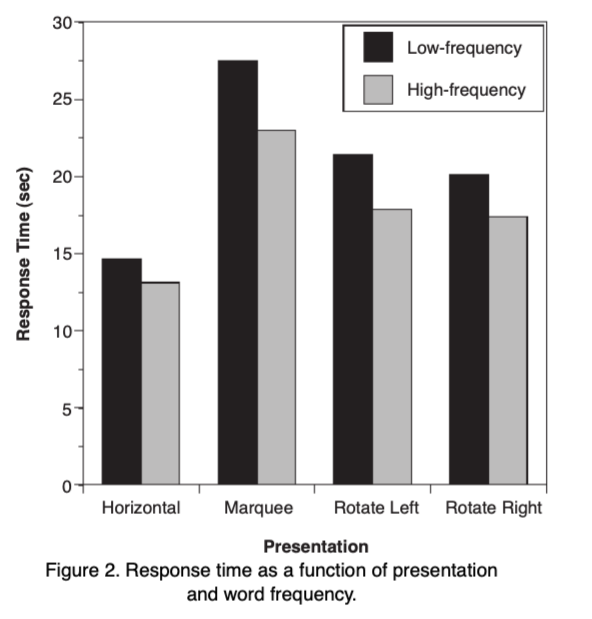
Byrne, Michael. (2002). Reading Vertical Text: Rotated VS. Marquee
However, I have the opposite experience because I read much faster in marquee than rotated ones. It seems like neither the internet nor the research agree with my opinion.
A practical reason behind the design?
There’s a saying that the western style’s clockwise and counterclockwise rotated text may have valid reasons behind it. I was unable to validate the source, but it sounds somewhat plausible.
For clockwise or descending titles, this design ensures that the title is in a readable orientation when the cover faces up, so that people can quickly scan the title when books are placed in a stack like on a table. However, if there is only one book, it’s less useful because you can read the title from the cover anyways.
On the other side, counterclockwise or ascending titles are more common in continental Europe and Latin America3. For this type of design, people can read the book title even when the front cover faces down.
China’s influence: vertical characters from ancient times
For China and Japan, the marquee style text exists for a long time due to historical reasons in ancient China. Vertical stroke is one of the two most important components of Hanji character (the another one is horizontal stroke). In ancient times, Chinese people wrote characters from top to bottom, right to left, because vertical writing creates a vertical axis and has better control of the downward movement. In short, writing character vertically produces straighter and smoother writing. Under the influence of ancient China, Japan also adopted the same practice.
The below Chinese calligraphy is one of the famous calligraphy work, and it’s written top down, right to left.
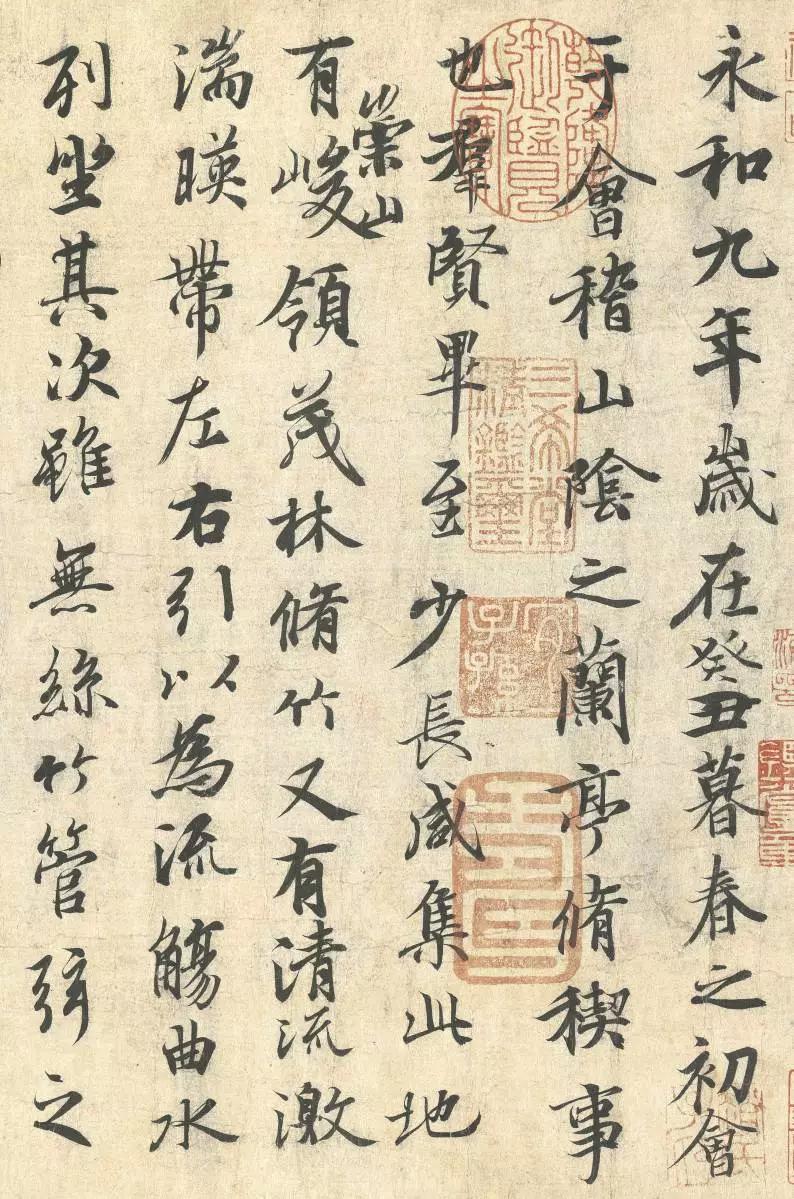 Wang Xizhi, Preface to the Orchid Pavilion Manuscript, dated 353 AD Collection National Palace Museum-Beijing.
Wang Xizhi, Preface to the Orchid Pavilion Manuscript, dated 353 AD Collection National Palace Museum-Beijing.
Modern practice of marquee style in Japan and Taiwan
Book prints in the ancient vertical style no longer exist in modern China since mid-20th century. Japan and Taiwan, however, still keep the old fashion for some books. If you read Japanese novels or mangas, this is probably not news to you. In these types of books, the text is still read from top to bottom, and the order of the columns goes from right to left. This style only applies to fiction though, for non-fiction books, they have adopted the horizontal style from the west.
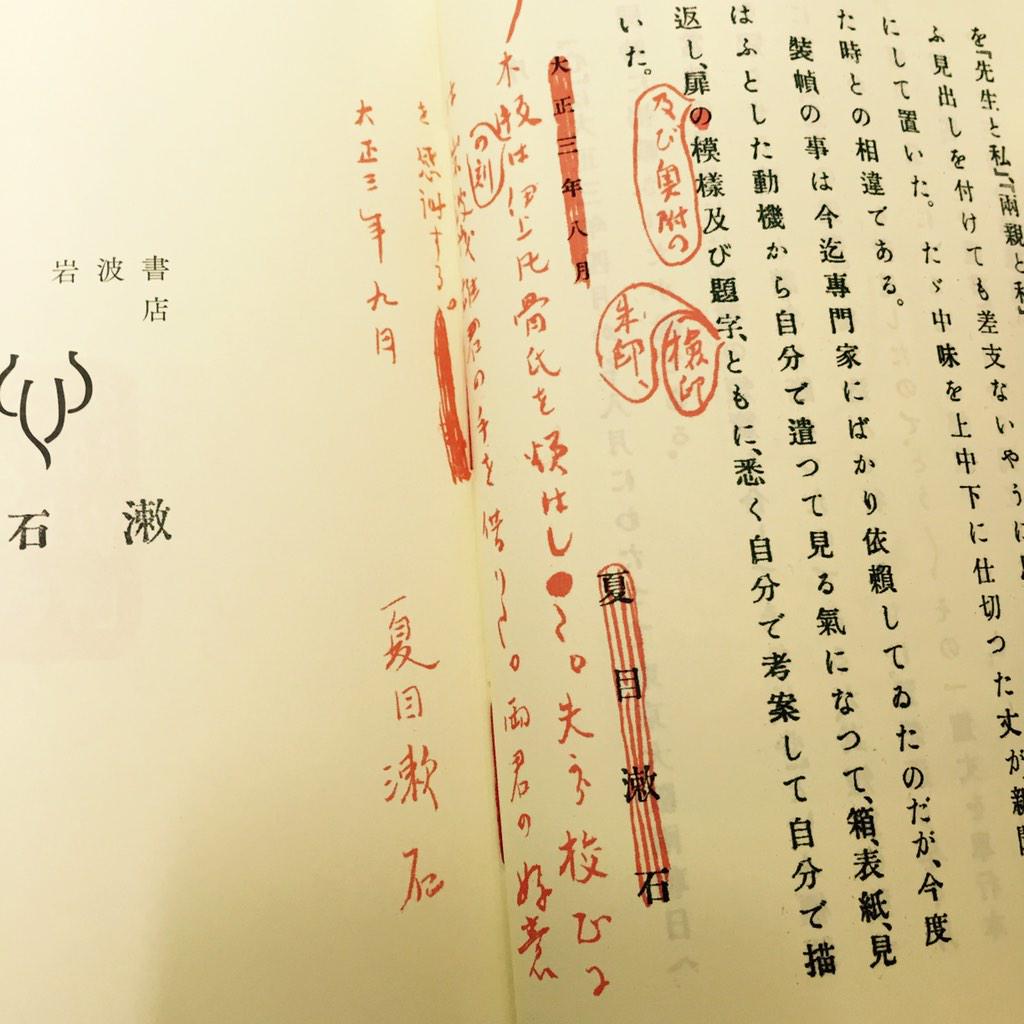 An inner page from 夏目漱石「こゝろ」(Kokoro - Natsume Sōseki). Credit: [Twitter cite/t:@KinoShinjuku]
An inner page from 夏目漱石「こゝろ」(Kokoro - Natsume Sōseki). Credit: [Twitter cite/t:@KinoShinjuku]
Final words
To wrap up, I think I have some evidence to show that the previous research was biased toward western culture, and that culture/language differences should be considered as an impact factor.
Which style do you read the fastest and slowest? Do you think the marquee text would help the sore neck when books are shelved?
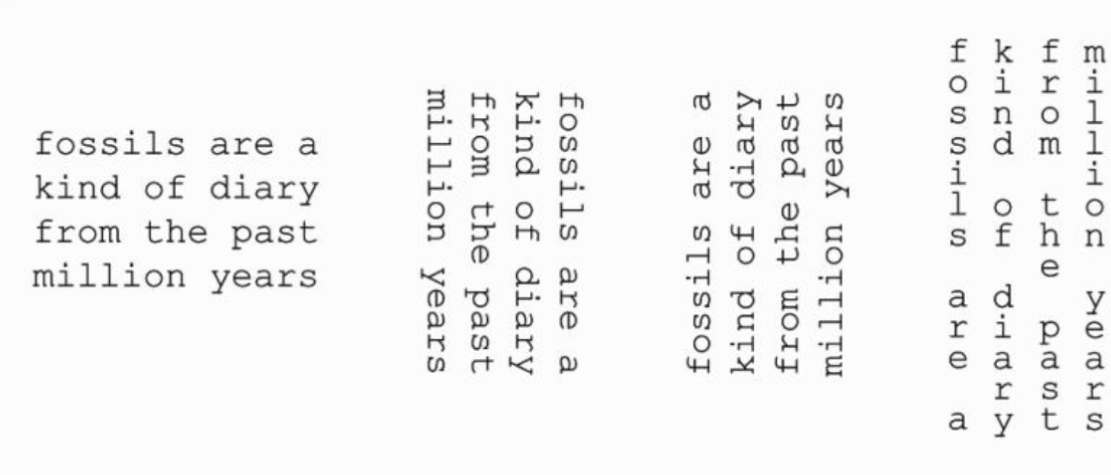 The sample text used in my poll
The sample text used in my poll